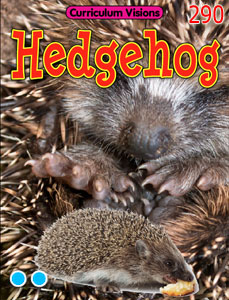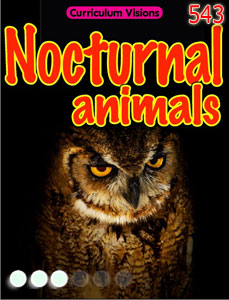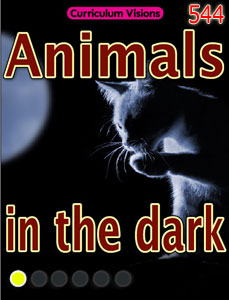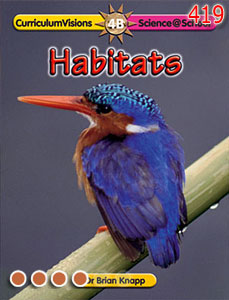The most common hedge maintenance technique is with a tractor and a large hedge 'mower'. This rotating cylinder of blades can cope with quiet chunky wood, and is fast. The hedges that regrow quickly with many small twigs can be cut this way.
Hedges were meant as field boundaries, and so only needed to be narrow. But in the countryside, much of the natural forest has been lost, and the forests that remain are often isolated from one another. This means that wildlife does not have an easy way of getting about when looking for food. Animals like hedgehogs, and voles need shelter from birds if they are to survive.
In the 1960s and 70s, when big machines were developed to plough fields and harvest crops, many hedges were uprooted to make bigger fields for these big machines. This caused a lot of loss for wildlife, and most people now agree that it was a mistake. So there is some attempt to replant hedges.
As a result, hedges are now seen as wildlife corridors between forests, or even as just wildlife refuges where there are no forests. The hedges are also planted double thickness to provide more cover for animals, while the flowers that appear each year give food for insects.
Hedges are one of the easiest ways of bringing back some wildlife to the countryside, and even to towns and cities. They are best if they contain a range of species of plant, as that will provide food for a greater range of animals.








